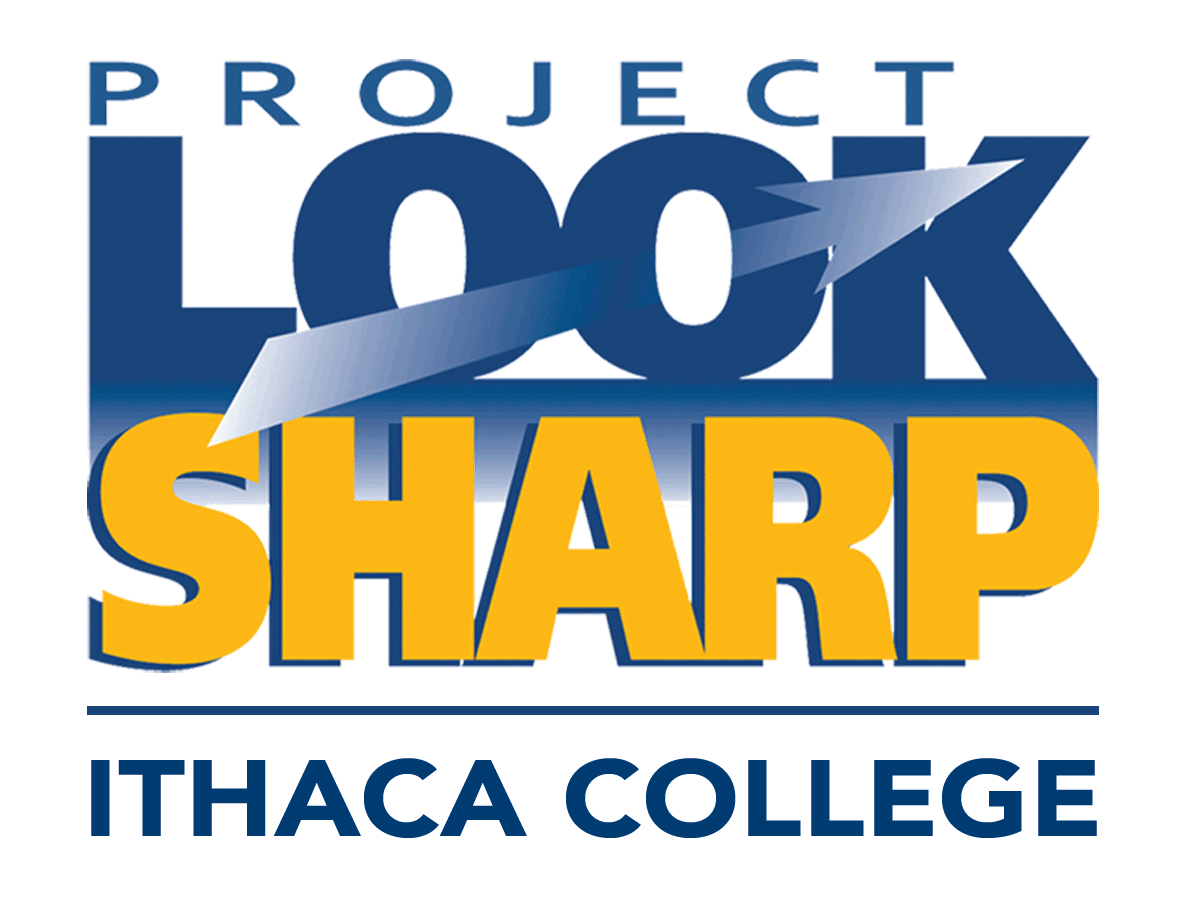ACT Awareness and Critical Thinking Activities for Teaching about Misinformation in Grades K-5
WELCOME to ACT, a flexible set of interconnected K-5 lessons and activities that help students learn how to detect, avoid, and resist online misinformation.
2. Words (& Feelings) to Watch Out For
We know that young students are swimming in potential sources of misinformation. There’s advertising, games, and social media influencers, physical signs in stores and communities, and things they overhear about news and politics from family and other adult conversations. It’s natural to want to warn them about the dangers and show them how media makers try to fool them.
But warning kids that they are being fooled positions them as fools or victims, when, as educators, our goal is for them to see themselves as capable learners and media users. So, ACT uses an inquiry-based approach focused on developing habits and building analytical skills.
In this section, we do that by teaching students age-appropriate clues that often signal the presence of misleading messages. By developing the habit of looking for these clues, students are primed to look for more sophisticated clues as they age and tackle more complex media texts. It is a version of pre-bunking that helps them notice and reject misinformation.
Students will learn that
- Careful observation is important to understanding message and purpose.
- They can look for words and phrases that are clues about whether something is deceptive.
- Images, even images that don’t include people, can be “talking” to them, so everyone should be in the habit of asking “What is this saying to me?” or “What is this trying to tell me?”
- Certain words, phrases, and techniques are common in deceptive media. For food packages and other advertising, these include (but aren’t limited to): “made with,” “sweetened,” “artificial or artificially,” “flavored,” an added “y” or “ey” to the end of a familiar word (e.g., “chocolatey” instead of “chocolate”), “part of” (as in “this cereal is part of a complete breakfast”), and “up to” as in “up to 50% off.”
- In visual media, size is used to encourage us to pay attention to some things and overlook other things, so it’s important to notice details.
- Sometimes pictures can combine with words to convey a deceptive message. For example, a “juice” box label implies that it contains real fruit by showing a large picture of the fruit but in tiny letters also uses the word “flavored” or “artificial.”
- Certain media techniques are used to elicit strong emotional responses. These include music, images, words or stories that pull at our heartstrings or make us angry or afraid. Media makers who don’t want us to analyze their messages often use these techniques because they know that strong feelings can short circuit logical reasoning.
- “Overgeneralization” is the word we use to describe when someone says that something is true for everyone when it is really only true for some people.
- Overgeneralizations are always false.
- Stereotypes are a form of overgeneralization.
- Some media makers use overgeneralizations to play on our desire to belong and be popular. People who want to deceive us know that if we think everyone around us does/believes/buys something, we’ll want to do it, too.
- One way to spot overgeneralizations is to develop the habit of asking “Who is included or excluded when media makers say “we” or “they”?”
Routines that Support Understanding Frames
Keep an eye out for overgeneralizations in media (especially current events resources) and in everyday announcements. Model the habit of asking, “Who is included or excluded in the “we” (or the “they”)?
Model and encourage students to speak in the first person rather than using an overgeneralization that positions them as speaking for others (e.g., “in my family” rather than “families”). If students use overgeneralizations in the media they make, ask them to revise.
Occasionally pause instructional media that include music (including learning apps) to help students notice the choice of music and how its style makes them feel.
To help students develop habits of inquiry, it is important for them to apply their information literacy skills to neutral or positive media examples, not just problematic examples. One way to do that is to periodically take a few seconds and invite students to notice the relationship between object or font size and message in the media that surrounds them (e.g., wall posters, bulletin boards, words superimposed on video, etc.). Consider whether the media maker’s choices are examples of effective communication or attempts to mislead.
Activities
Clue Spotting 1: Cereal Box Disguises
Clue Spotting 2: Using Words + Images to Mislead
Clue Spotting 3: Percentages
Clue Spotting 4: Overgeneralizations
What to Do with Clickbait
For Reinforcement
Encountering Trolls and Other Bad Actors
Introduction to Lateral Reading
Is 7 a Lot?
Shorts: Be Internet Awesome - “How Words Can Change a Picture”
© Awareness & Critical Thinking (ACT) Program, Texas Woman’s University, 2024 was developed by Dr. Faith Rogow, InsightersEducation.com as part of the ACT Program led by Dr. Tara Zimmerman, Texas Woman’s University. This project was made possible in part by the Institute of Museum and Library Services, IMLS grant #2023-057. Educational use is encouraged. All media examples are either public domain or protected by fair use. Requests to re-publish, duplicate, or distribute any ACT document outside of educational settings or for profit should be directed to Dr. Zimmerman.
